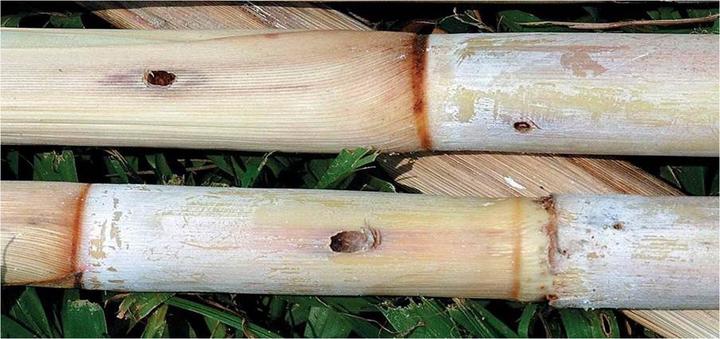Optimizing chemical control for Diatraea saccharalis (Lepidoptera: Crambidae) in sugarcane

Abstract
The sugarcane borer, Diatraea saccharalis (Lepidoptera: Crambidae), is the primary pest of sugarcane, Saccharum spp., in much of North and South America. Control of D. saccharalis can be obtained through judicious application of insecticides, but more research is needed to optimize chemical control strategies. A series of field trials evaluated the duration of protection and influence of application water volume on D. saccharalis control in Louisiana sugarcane from 2018 to 2020. Results across trials demonstrated superior control was achieved with chlorantraniliprole over novaluron and tebufenozide. Analysis of insecticide concentrations present in leaf sheath tissue of the target internode suggests chlorantraniliprole and novaluron are achieving systemic activity, but not tebufenozide. Chlorantraniliprole concentrations remained above lethal levels for more than 8 wk after application. The percentage of bored internodes was 1.3- and 1.9-fold greater following applications with a water volume of 18.7 L/ha relative to those made with 46.7 and 186.8 L/ha, respectively, across insecticides. Collectively, results suggest chlorantraniliprole applied early in the season with sufficient water volume can provide nearly season-long protection of sugarcane against D. saccharalis injury.